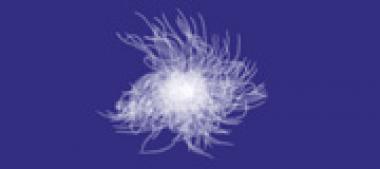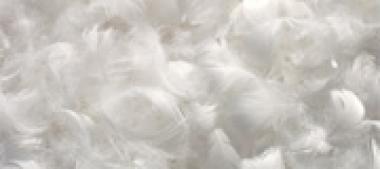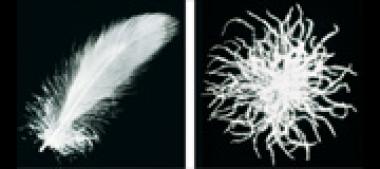What are down?
A down has a delicate shape like a flake. It consists of an almost invisible down core with down barbs soft as silk and endowed with delicate ramifications growing radiantly from the core. Down is a highly resilient material. For instance, if you compress a fistful of down in your hand and unhand them, the down will quickly develop and recover their original shape.
Further information at DOWNAPEDIA:





















